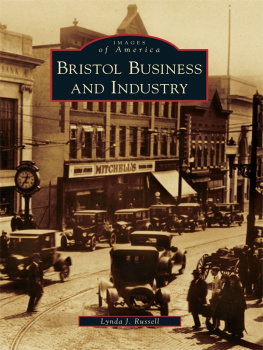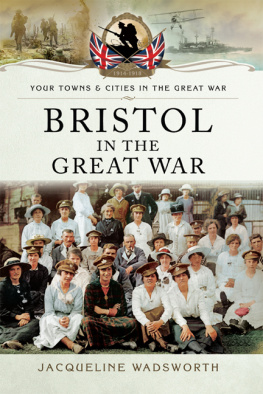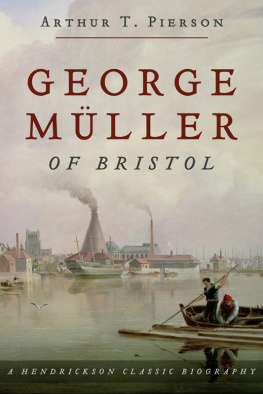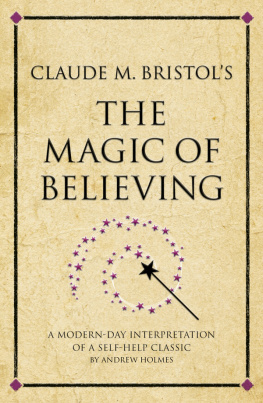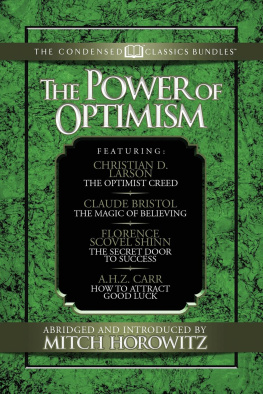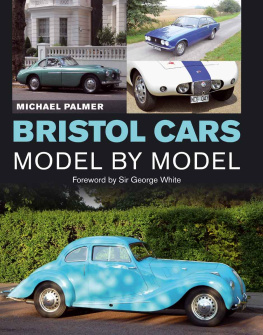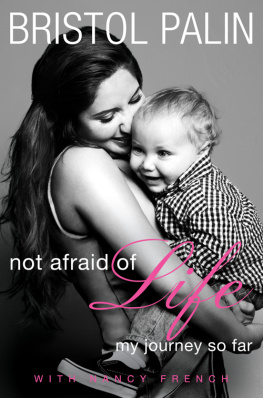First published in 2011 by HammerOn Press
www.hammeronpress.net
Deborah M. Withers
All rights reserved.
No part of this publication may be reproduced in any form or by any means without the written permission of HammerOn Press.
All reasonable attempts have been made to trace the copyright owners for the material used in this book.
Designed by Jan Martin Illustration, Bristol, www.janmartin.co.uk
Typeset in Optima by Jan Martin Illustration.
British Library Cataloguing-in-Publication Data
A catalogue record for this book is available from the British Library.
epub ISBN 978-1-9108492-2-4

Sistershow Revisited
Ive often been asked how I found out about Sistershow. I suppose it found me. It leapt, in fact, off the page of oral history summaries that were conducted by the Feminist Archive South (FAS) in 2000/1. I was reading Pat VT Wests story in the old archive at Trinity Road Library back in 2007, and her tale of an anarchic, feminist cabaret with an anything goes attitude demanded my attention. It strongly resonated with the type of cultural feminist and queer activism I was doing at the time.
I was delighted. Were there really feminists in the 1970s doing such things? Hadnt we been told by universities and the media since the 1980s that the successes of Second Wave feminism boiled down to unsophisticated theory and miserable women bartering for equality with men, which they hadnt, in fact, achieved? I had never believed this limited story, but here was the evidence, screaming at me from the page. Creativity, imagination, disruption, gender bending... I knew straight away that this was one of the Womens Liberation Movement (WLM)s best kept secrets.
I asked Jane, the volunteer archivist at the FAS, if she had a contact for Pat. Pat has been unwell, she said, adding Cancer, as she gave me Pats postal address. Undeterred, I wrote to Pat asking her to perform at an event I was organising. A few weeks later I had a reply. I opened the letter to find Pats elegant, artistic handwriting, those broad strokes curling seductively on the page. But the news was not good. Pat was indeed unwell and could not accept my invitation. She seemed very pleased I had got in touch, though, and offered her support: Remember, outrageous but considered actions help boost morale as well as to change things by making an impact! The underlying mischief of her letter spirited me along.
In August 2008, I moved to Bristol. When I had settled, I thought I would seek out Pat and ask her about Sistershow. But it was too late. Pat had died a few months earlier. I felt a disappointment that has never left me throughout the whole time I have been researching Sistershow, although recently I have begun to think that if Pat were alive, she may have interfered so the exhibition would reflect her side of the story! But maybe this is unfair. That disappointment led me to contact other women who were involved in the show, first Helen Taylor and then Alison Rook.
I visited Alison in Canterbury after Christmas 2008. My mother was nervous about me going. What if she locks you in the cupboard! she said. I assured her it would be fine. I stayed with Alison and her cats for two days, and she shared her memories of the group and her life. I would also meet Jill Robin, another Sistershow member, who had conveniently migrated to Kent around the same time as Alison. Before I left, Alison handed me the Sistershow archive that she had created. And she had kept everything. From the scrappiest of notes to the Sistershow songbook, decorously illustrated with handwritten chords above the lyrics. I thought Alisons archive was the perfect starting point for an exhibition, and I kept the idea in the back of my mind until there was an opportunity to make it happen.

The idea for the project evolved. Sistershow could be used to help tell the story of Bristol feminism from 1973 to 1975, and the exhibition developed along this theme. But why those years in particular, when Bristol feminist history has a rich tradition that stretches far beyond (and before) those three, meaningful years? Partly it has to do with Sistershow. Simply, 1973-1975 was the time when women were working together. After 1975, momentum seemed to lessen and the group dispersed and went on to do other things.
It is also a historically convenient period, because a lot of feminist actions were happening in Bristol in those three years. If we take 1973 as an example, the Womens Centre opened in the basement of Ellen Malos house in Redland, the national Womens Liberation Conference took place in Bristol at Students Union building, and the first meetings of the Womens House Project (later Womens Aid) happened. There was an incredible diversity of feminist activities in Bristol at that time crowned by the presence of guerrilla performances from Sistershow which arguably mark 1973-1975 as the zenith of Bristol Womens Liberation.
Reconstructing Sistershow has not been easy. Photos have been lost, most notably and infuriatingly by the BBC. They were going to feature Sistershow in a programme about the alternative arts, but this never materialised. Many of the images that do remain have deteriorated badly over time. There is no audio or audio-visual material of performances. Its hard to know for sure what the women did on stage because there are so few scripts. Oral recollections of Sistershow members have been wonderful for communicating the unquestionably powerful emotional memories of being involved in the group, yet are often factually unreliable. A lot is left to the resourcefulness of the imagination to piece together what took place. This is really no bad thing, though. The invitation to use the imagination is why Sistershow remains an engaging challenge for present-day audiences.
In September 2010, Sistershow Revisited was awarded a 10,000 grant from the Heritage Lottery Fund. Further research then began in earnest. Since then, 10 more oral histories have been collected, and even more archival material has been donated. Volunteers have helped transcribe and interpret the oral histories and have conducted further research into the history of Bristol Womens Liberation at the Feminist Archive South. As in the early 1970s in Bristol, 40 years later the antics of Sistershow have inspired feminists.


